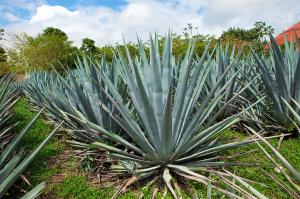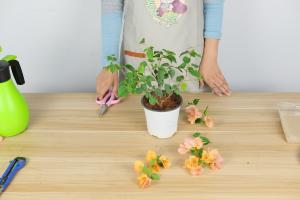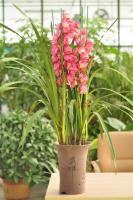Introduction
Salvia plant is a genus of over 1000 species of plants in the mint family. These plants are native to Central and South America, Africa, and Asia. The salvia plant is known for its unique fragrance and flavor, and it has been used in traditional medicine for centuries.
Appearance
The salvia plant comes in a variety of shapes and sizes. It has square stems and leaves that are typically arranged in pairs. The flowers are usually tubular or bell-shaped and can be red, pink, purple, or white. The leaves and stems of the plant can be hairy or smooth, and some species also have a woody stem.
Uses
The salvia plant has long been used for medicinal and culinary purposes. In traditional medicine, the plant has been used to treat a variety of conditions, including headaches, insomnia, indigestion, and fever. It has also been used as a natural remedy for anxiety and depression. In the culinary world, salvia is used as a flavoring for a variety of dishes, including stuffing, sauces, and roasts.
Cultivation
The salvia plant is relatively easy to grow and can be propagated from stem cuttings or seeds. It prefers well-draining soil and a sunny location, and it can also be grown in containers. Salvia plants are drought-tolerant, but they should be watered regularly during the growing season. To encourage bushy growth, the plants can be pruned back after the first flush of flowers.
Types of Salvia Plants
There are many types of salvia plants, each with its own unique characteristics. Some of the most popular species include Salvia officinalis (common sage), Salvia divinorum (diviner's sage), and Salvia apiana (white sage). Common sage is widely used in cooking, while diviner's sage is known for its psychoactive properties. White sage is an important plant in Native American culture and is used in smudging ceremonies.
Conclusion
In conclusion, the salvia plant is a versatile and useful plant that has been used for centuries in traditional medicine and culinary practices. There are many species of salvia, each with its own unique characteristics and uses. With its easy cultivation and stunning appearance, the salvia plant is a valuable addition to any garden or kitchen.

 how many times do yo...
how many times do yo... how many planted tre...
how many planted tre... how many pine trees ...
how many pine trees ... how many pecan trees...
how many pecan trees... how many plants comp...
how many plants comp... how many plants can ...
how many plants can ... how many plants and ...
how many plants and ... how many pepper plan...
how many pepper plan...





























